
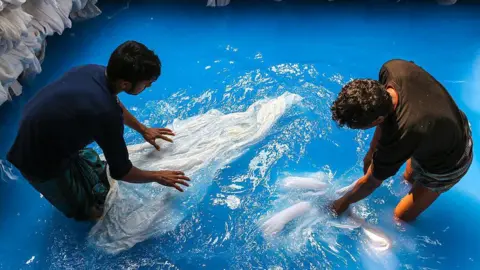 Getty Images
Getty Images
Some textile dyeing is still done by hand
In a small corner of rural Taiwan, set amongst other dye houses and small factories, the start-up Alchemie Technology is in the final phase of rolling out a project it claims will upend the global apparel industry and slash its carbon footprint.
The UK-based start-up has targeted one of the dirtiest parts of the apparel industry - dyeing fabric - with the world’s first digital dyeing process.
“Traditionally in dyeing fabric, you're steeping the fabric in water at 135 degrees celsius for up to four hours or so – gallons and tons of water. For example, to dye one ton of polyester, you're generating 30 tons of toxic wastewater,” Alchemie founder Dr Alan Hudd tells me.
“That is the same process that was developed 175 years ago in the northwest of England, in the Lancashire cotton mills and the Yorkshire cotton mills, and we exported it,” he points out, first to the US and then onto the factories in Asia.

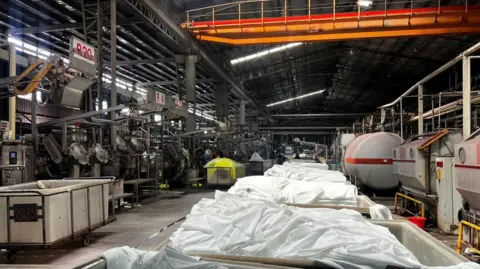
Dye houses use a lot of heat and water
The apparel industry uses an estimated five trillion litres of water each year to simply dye fabric, according to the World Resources Institute, a US-based non-profit research centre.
The industry is, in turn, responsible for 20% of the world’s industrial water pollution, while also using up vital resources like groundwater in some countries. It also releases a massive carbon footprint from start to finish – or around 10% of annual global emissions, according to the United Nations Environment Programme.
Alchemie says its technology can help solve that problem.
Called Endeavour, its machine can compress fabric dyeing, drying, and fixing into a dramatically shorter and water-saving process.
Endeavour uses the same principle as inkjet printing to rapidly and precisely fire dye onto and through the fabric, according to the company. The machine’s 2,800 dispensers fire roughly 1.2 billion droplets per linear meter of fabric.
“What we're effectively doing is registering and placing a drop, a very small drop precisely and accurately onto the fabric. And we can switch these drops on and off, just like a light switch,” says Dr Hudd.
Alchemie claims big savings through the process: reducing water consumption by 95%, energy consumption up to 85%, and working three to five times faster than traditional processes.
Developed initially in Cambridge, the company is now in Taiwan to see how Endeavour works in a real-world environment.
“The UK, they’re really strong in R&D projects, they’re really strong in inventing new things, but certainly if you want to move to commercialisation you need to go to the real factories,” says Ryan Chen, the new chief of operations at Alchemie, who has a background in textile manufacturing in Taiwan.

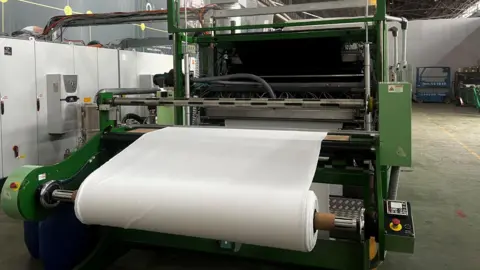
Alchemie has developed a machine uses a printing process to fix colours
Alchemie is not the only company attempting a nearly waterless dye process.
There’s the China-based textile company NTX, which has developed a heatless dye process that can cut down water use by 90% and dye by 40%, according to their website, and the Swedish start-up Imogo, which also uses a “digital spray application” with similar environmental benefits.
NTX and Imogo did not reply to the BBC’s interview request.
Kirsi Niinimäki, a professor in design who researches the future of textiles at Finland’s Aalto University, says the solutions offered by these companies look “quite promising” – although she adds that she would like to see more specific information about issues like the fixing process and long-term studies on fabric durability.
But even though it's early days, Ms Niinimäki says companies like Alchemie could bring real changes to the industry.
“All these kinds of new technologies, I think that they are improvements. If you’re able to use less water, for example, that of course means less energy, and perhaps even less chemicals – so that of course is a huge improvement.”

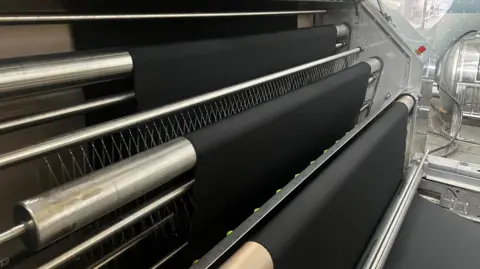
Alchemie is in the process of scaling up its operations
Back in Taiwan, there are still some kinks to be ironed out – like how to run the Endeavour machine in a hotter and more humid climate than the UK.
Alchemie service manager, Matthew Avis, who helped rebuild Endeavour in its new factory location, discovered that the machine needs to operate in an air-conditioned environment – an important lesson given how much apparel manufacturing happens in southern Asia.
The company also has some big goals for 2025. After its test run with polyester in Taiwan, Alchemie is heading next to South Asia and Portugal to test their machines and also try it out on cotton.
They will also have to figure out how to scale up Endeavour.
Big fashion companies like Inditex, the owner of Zara, work with thousands of factories. Its suppliers would need hundreds of Endeavours working together to meet its demand for fabric dyeing.
And that’s just one company - there will be many, many more in need.
More Technology of Business

 Movie
Movie 1 month ago
24
1 month ago
24 


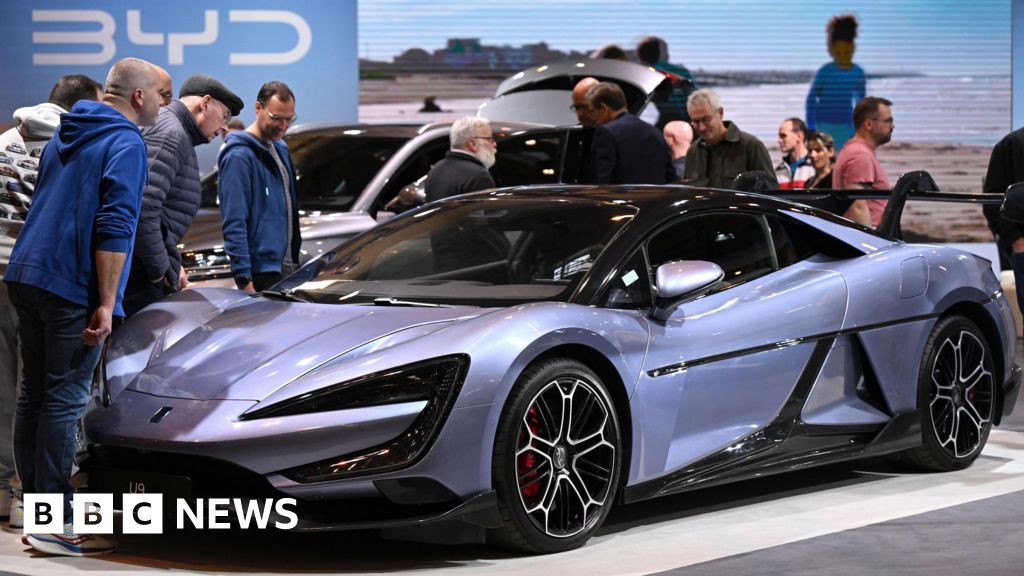

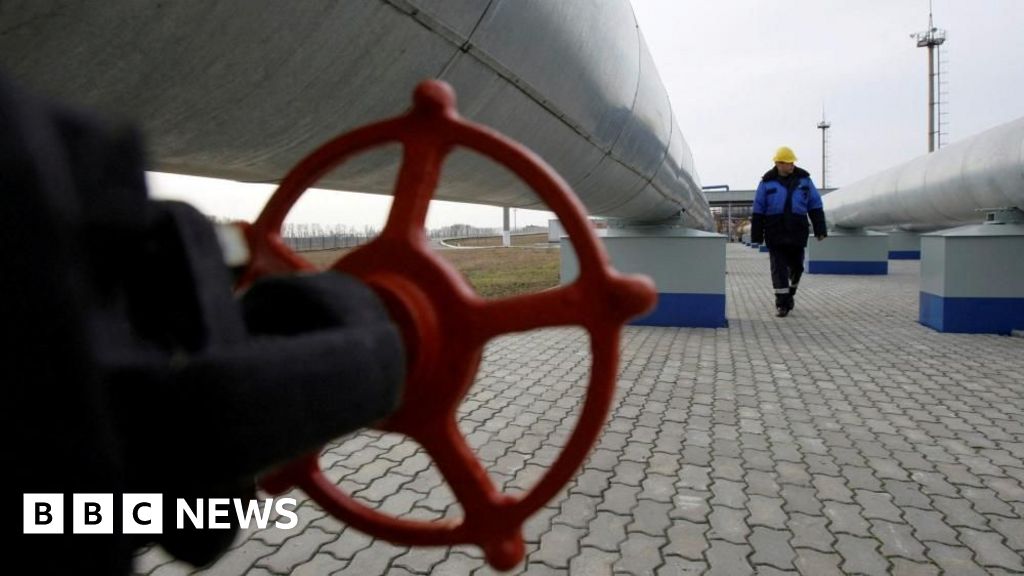

![Presidents Day Weekend Car Sales [2021 Edition] Presidents Day Weekend Car Sales [2021 Edition]](https://www.findthebestcarprice.com/wp-content/uploads/Presidents-Day-Weekend-car-sales.jpg)



 English (United States)
English (United States)